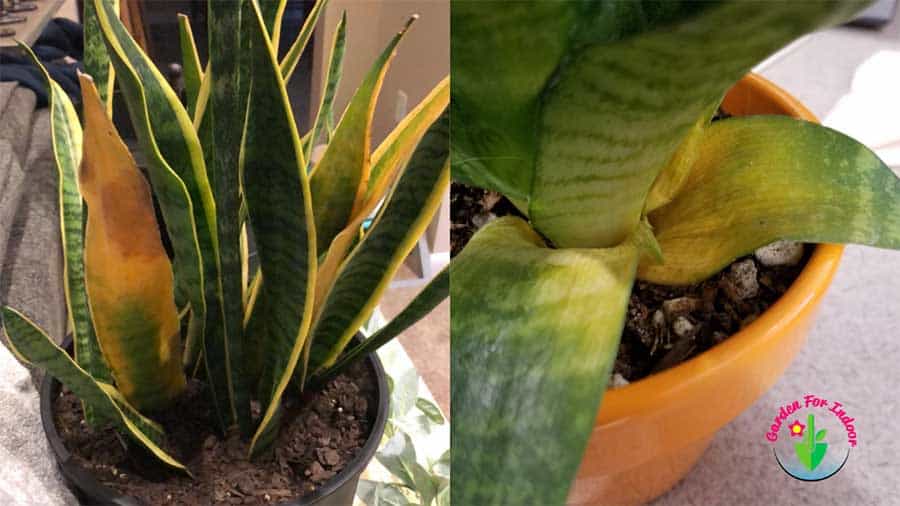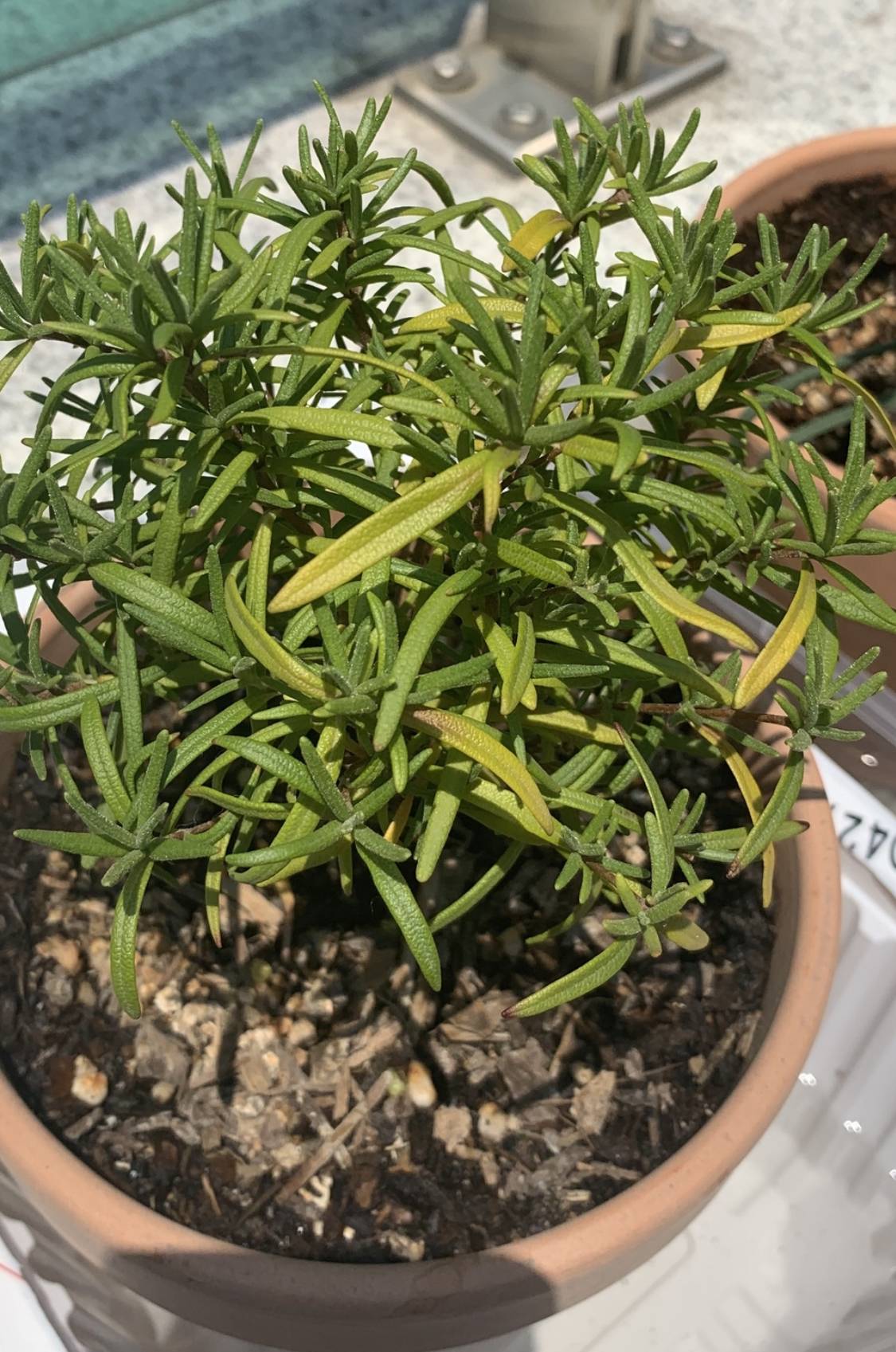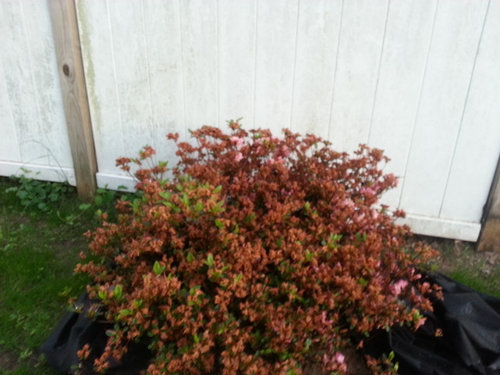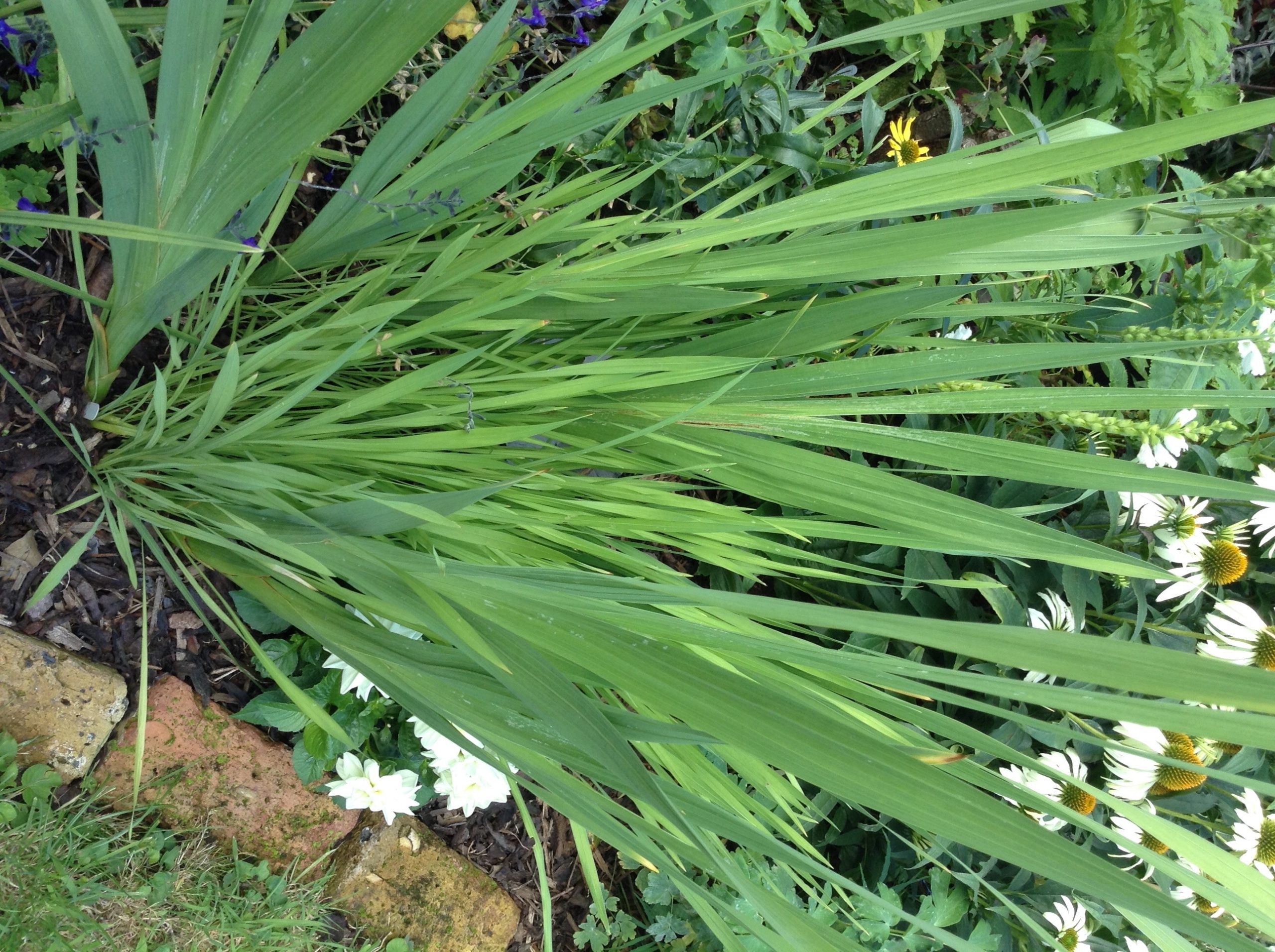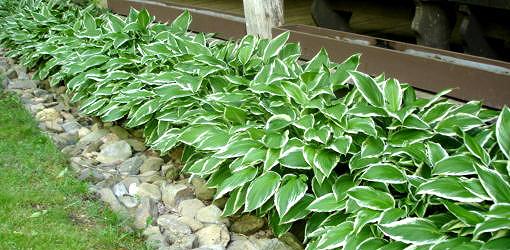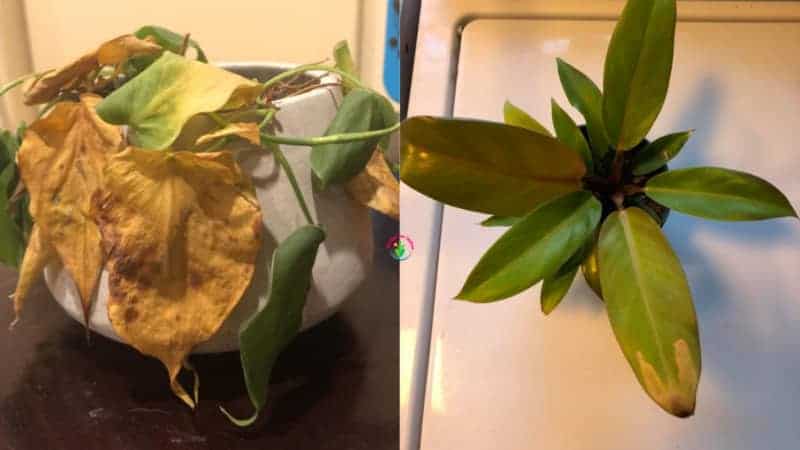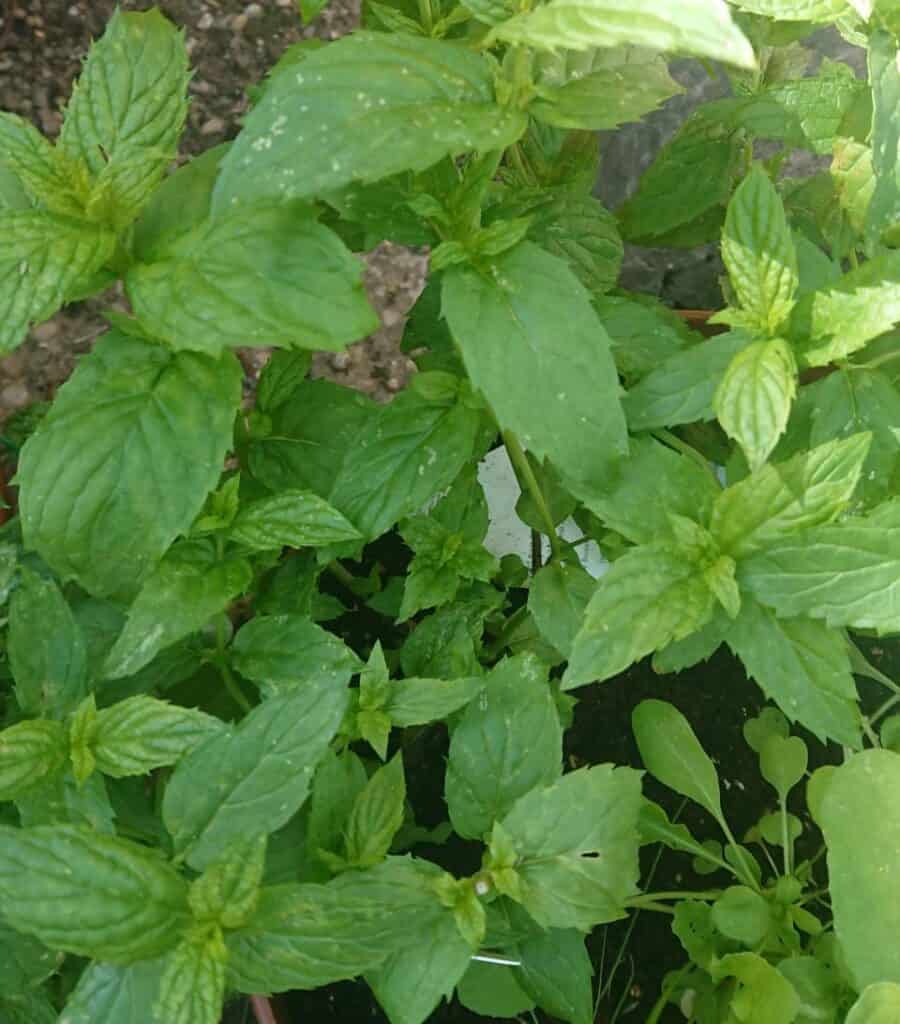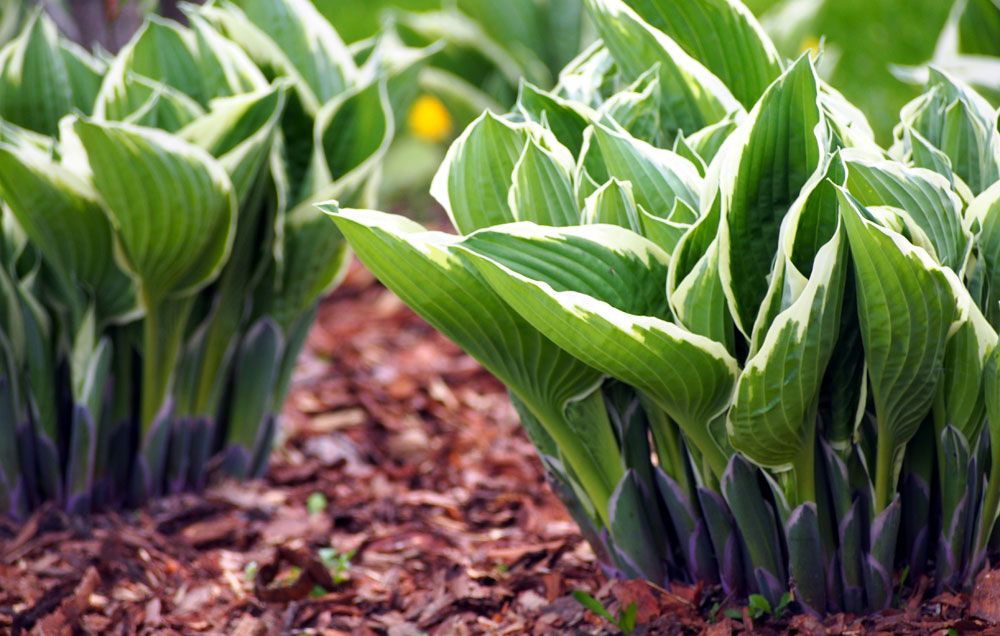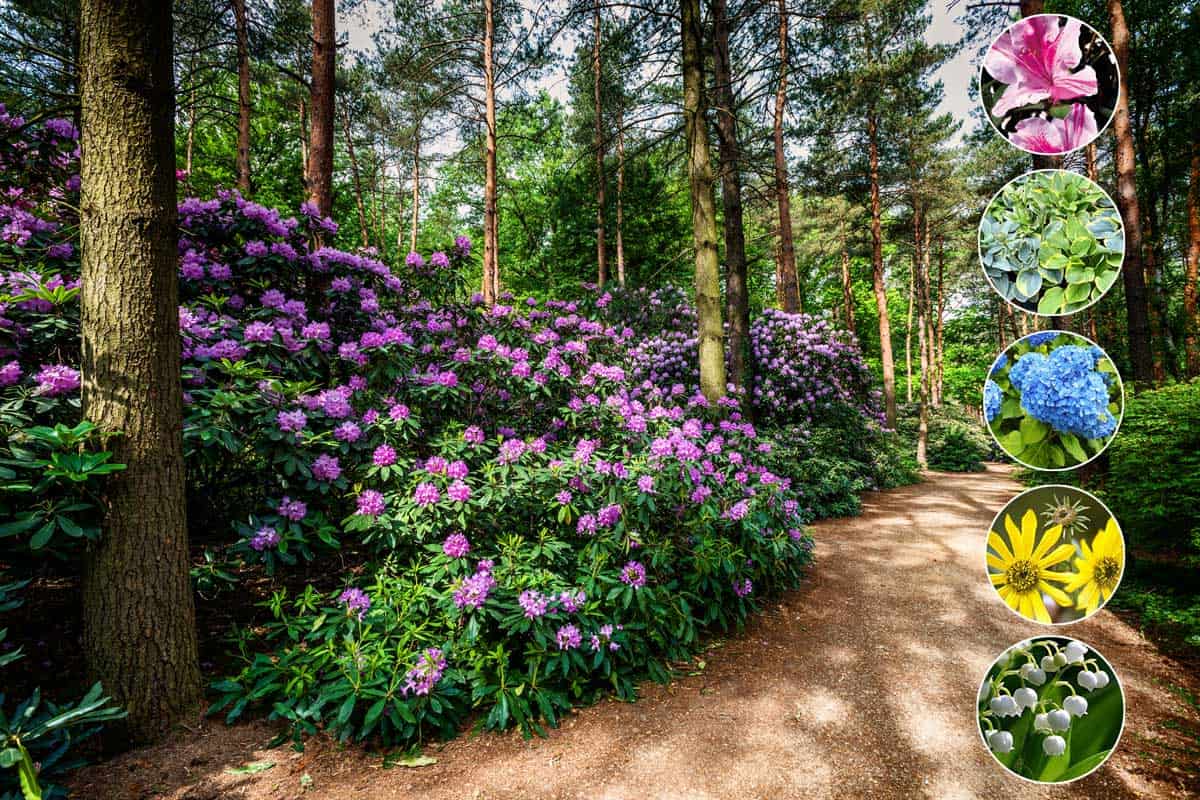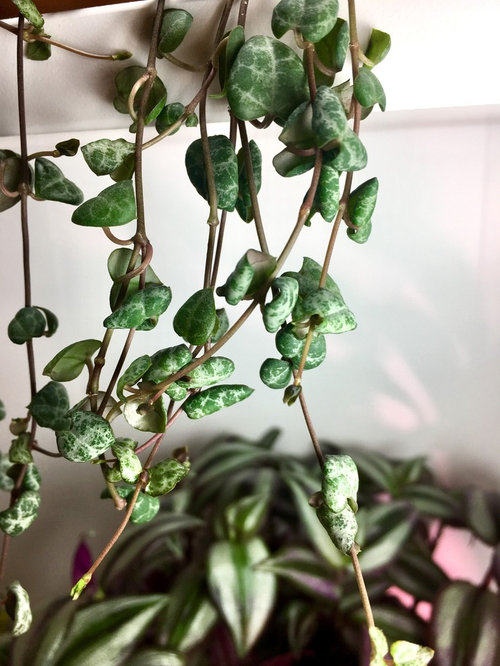How to Save a Snake Plant with Yellow Leaves
Usually, snake plant leaves turn yellow because they have been burned by excessive amounts of direct sunlight. Snake plants have delicate leaves that turn yellow in full sunlight since they are designed to grow in the shade or in filtered light. Most frequent causes of yellowing snake plant leaves include: Yellow leaves are turned yellow …

